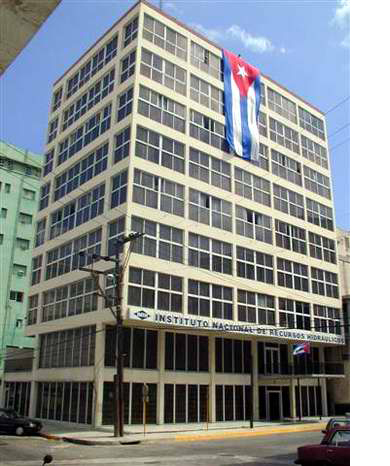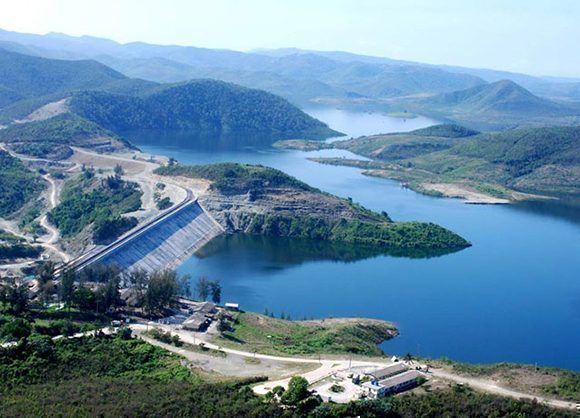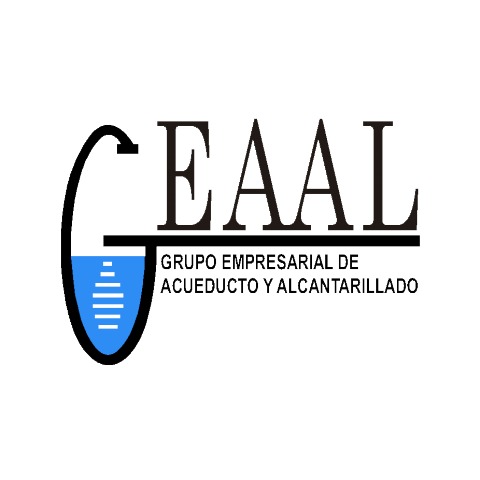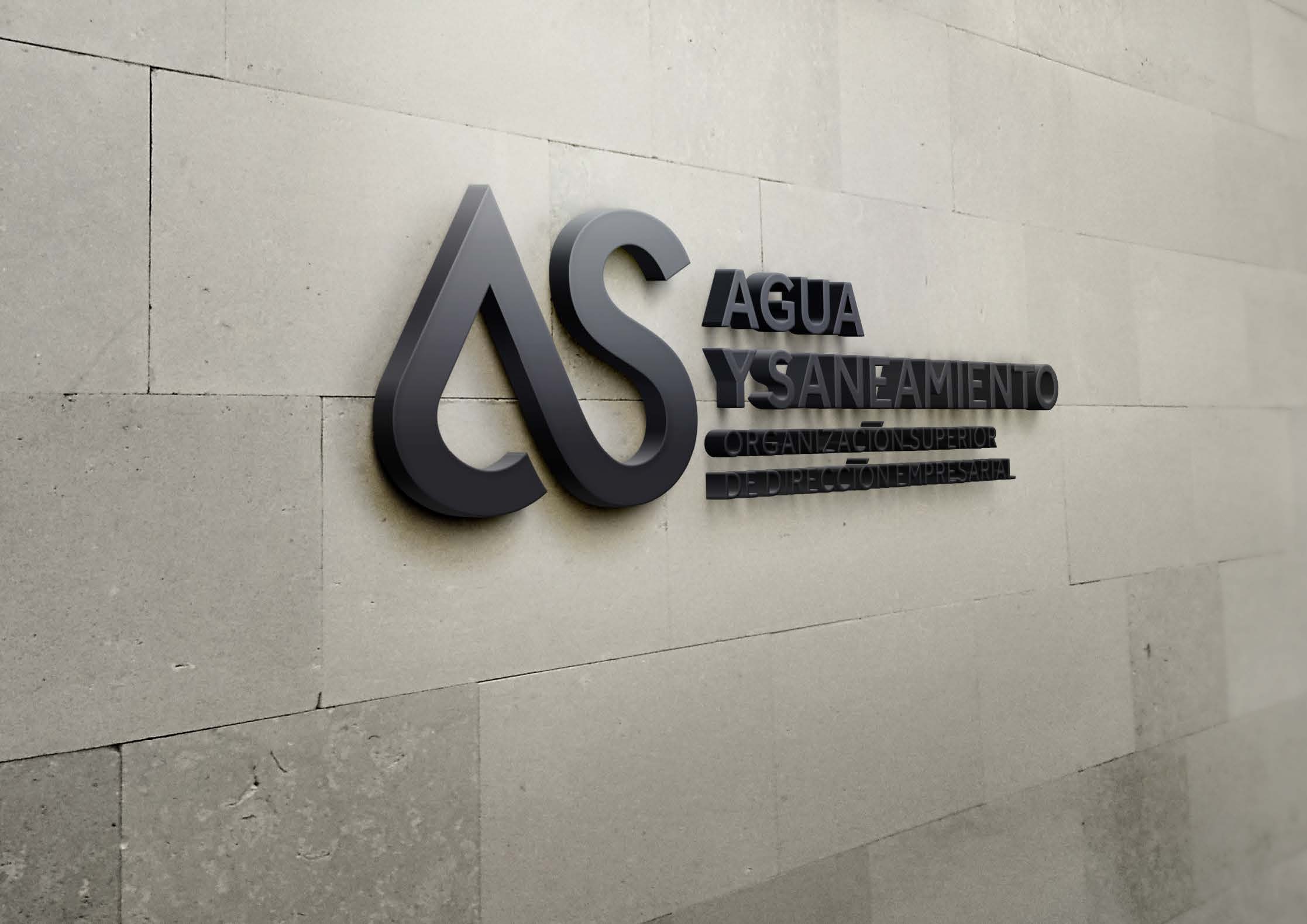Our history

Before the revolutionary triumph of 1959, in Cuba there were 300 settlements with more than 1 000 inhabitants and only 114 had aqueducts and 12 sewers. The island at that time had 16 chlorination facilities, 4 water treatment plants and a treatment plant in Santa Clara. After the Triumph of the Socialist Revolution, actions began to be developed in order to reverse this situation.

In this way, the National Aqueduct and Sewerage Commission (CONACA) arises, an autonomous official corporation created in Cuba during the government of provisional president Manuel Urrutia Lleó through Law No. 168 of 1959, with the objective of assuming the administration, operation and maintenance of all aqueducts and sewers in the country. After a brief existence, its functions were assumed by the Aqueduct and Sewer Operator Company of the Ministry of Construction, which in turn led to the creation of the National Institute of Hydraulic Resources (INRH) on August 10, 1962.
In 1963, the Hydraulic Works and Hydraulic Equipment Construction companies were founded. In 1969 the INRH and the state institution known as Desarrollo Agropecuario del País (DAP) merged, and two specialized agencies were created within the DAP: the National Hydraulic Group and the Urban Hydrology Group. In 1977 the Institute of Hydro-economics was created and in 1989, the National Institute of Hydraulic Resources was created again. During this period, the construction of hydraulic works did not cease.

At the end of the 20th century, there were already more than 3,000 aqueducts. In 2000, a process of reorganization of the INRH began, in which its structure, functions and organizational attributions were modified, giving way to the appearance of companies and business groups, which began to apply a new management and direction system. business.

The Aqueduct and Sewerage Business Group, in its abbreviated form GEAAL, arises from the legal authorization of resolution number 112/2002 of the Ministry of Economy and Planning of the Republic of Cuba, dated January 28, 2002, and is officially created , in accordance with resolution number 52 dated February 15, 2002 of the president of the National Institute of Hydraulic Resources of the Republic of Cuba, as Superior Organization of Business Management; In addition, the date on which it begins its operations, which is taken as the date of its foundation.
The Aqueduct and Sewerage Business Group had the legal address of its Central Body in its first instances on Vía Blanca street at the corner of Flores, in the Santos Suárez neighborhood, Diez de Octubre municipality, Havana Province. Its first General Director (Founding Director) was the Engineer Ramón Rodríguez Velázquez.

As of 2019, as part of the Institution's Business Improvement process and through Resolution 138-2019 of the Ministry of Economy and Planning, it is resolved to change the name of the Aqueduct and Sewerage Business Group, in abbreviated form GEAAL, attended by the president of the National Institute of Hydraulic Resources, by the Business Group of Water and Sanitation. Also authorizing the transfer of five (5) companies, integrated to the Business Group for Hydraulic Engineering and Logistics, GEILH, for the integration of the Business Group for Water and Sanitation, attended by the president of the National Institute of Hydraulic Resources.
The central office has three legal addresses: the Presidency (Calle 184 # 119 between 1ra and 5ta, Playa), the Vice-Presidency (Calle 13 # 8010 between 80 and 82, Playa) and the administrative offices (Calle 160 # 307 # 309 between 5th avenue and sea, Beach).
At present, the OSDE Agua y Saneamiento has 28 companies in charge of supplying drinking water, collection and treatment of wastewater, and pluvial and river drainage; unclogging, repair and replacement of indoor facilities related to wastewater; cleaning of ditches, streams and gullies; wastewater evacuation; construction, maintenance and repair of hydraulic works, buildings and pumping equipment.
Since July of this year, Mr. Abel Elpidio Salas Garcia, president of the Higher Organization for Water and Sanitation Business Management, has been officially appointed through Resolution No. 44 of 2019, issued by the Council of Ministers.
We have more than 24 150 workers throughout the country, of which 14,862 workers reach 2 489 population settlements where 8 276 533 thousand inhabitants reside, and the operation of 87 water treatment plants, 12 desalination plants, more than 80 small purification plants it also has 16 wastewater treatment plants.
